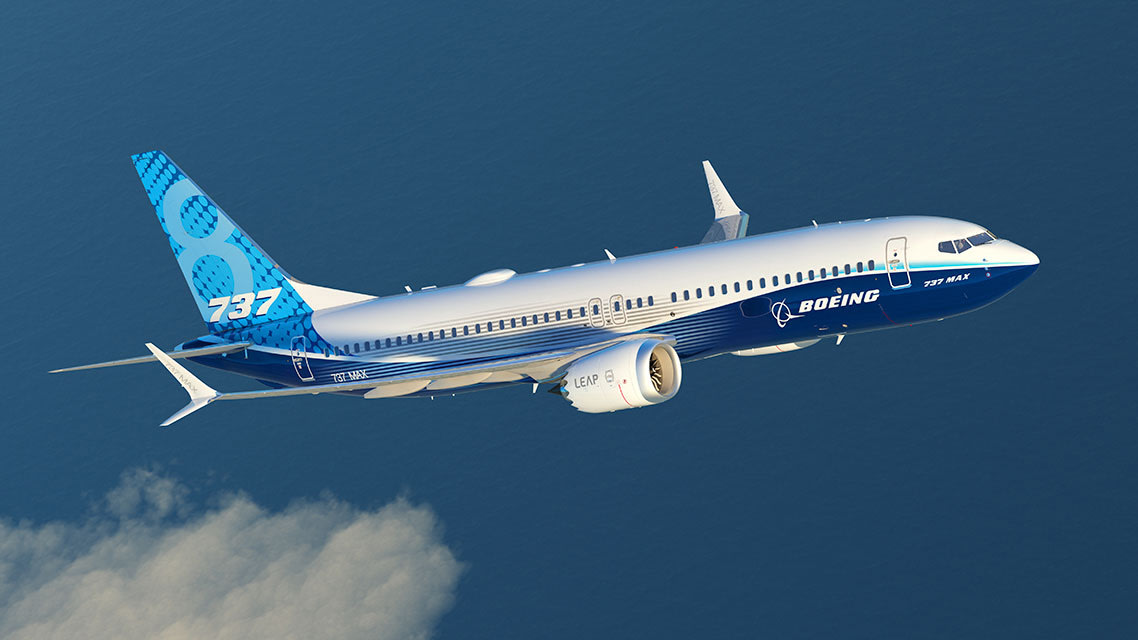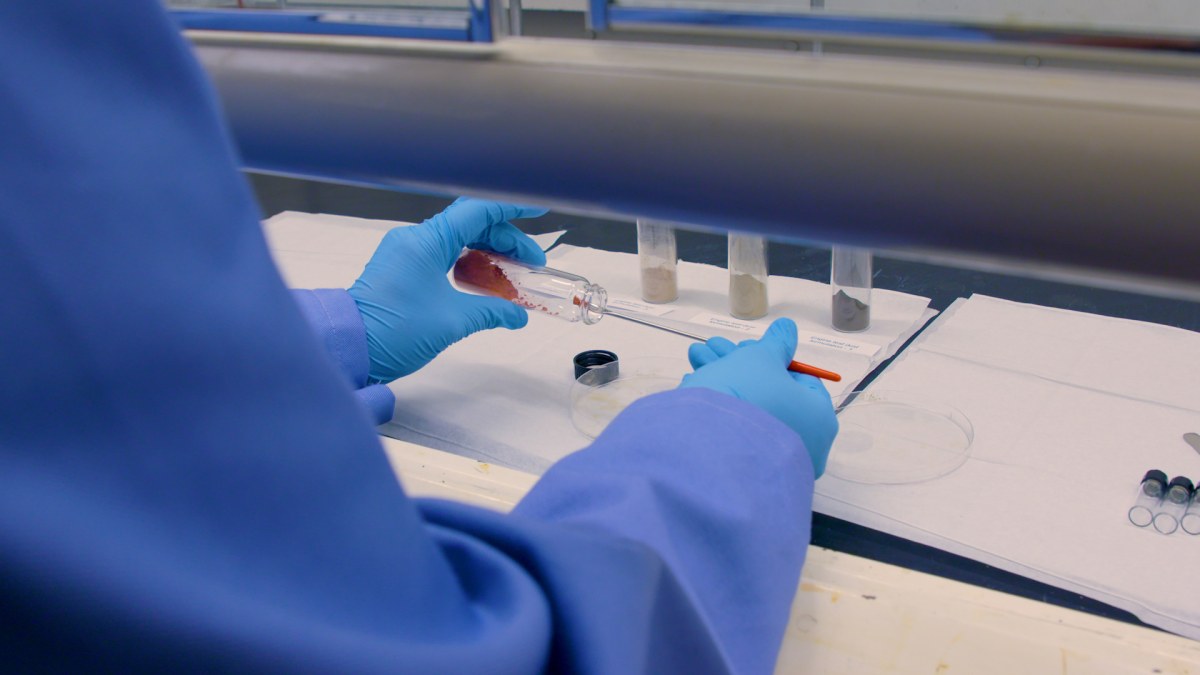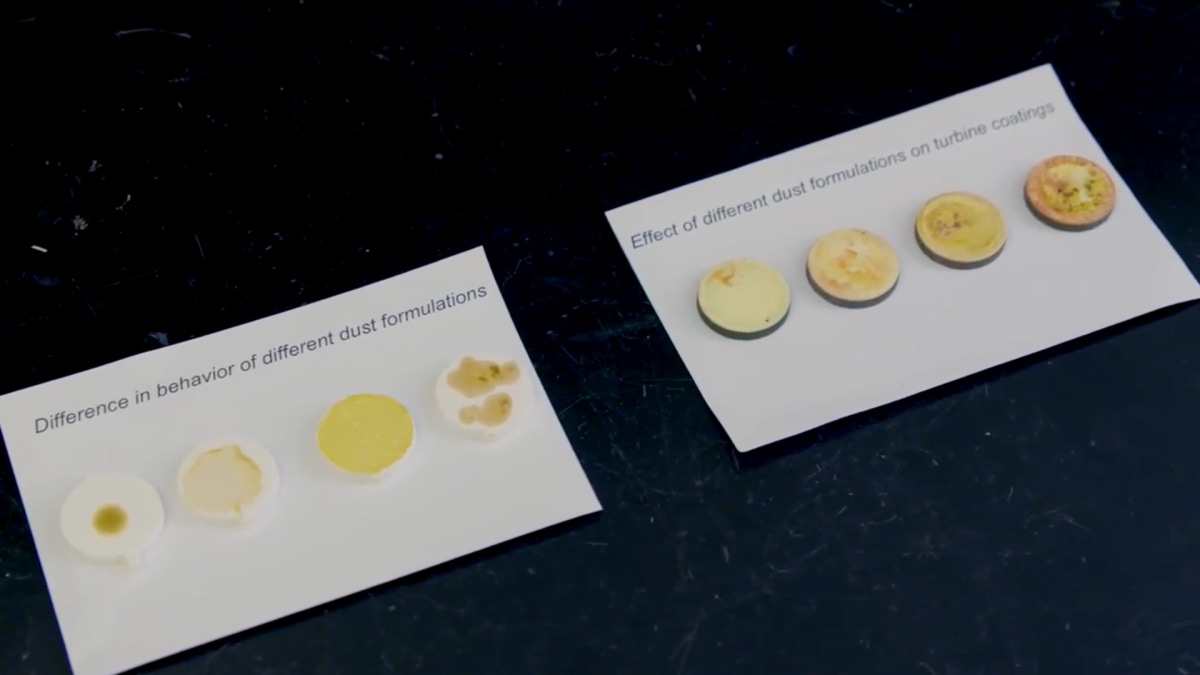- | 8:00 am
Middle Eastern airlines are growing. Their biggest challenge? Dust
GE spent years developing its own special dust recipe, so it could design engines that are better equipped to fight this unexpected nemesis.

The jet engines hanging off the wings of a commercial airliner are large, complicated machines that have a small, simple nemesis: dust. The dust in question is found in locations like the Middle East, China, and northern Africa, and it takes the form of invisible particles that float in the air. As the material gets sucked into these engines, it causes the hot inner core to suffer more wear and tear—leading to more repairs—than it would if the plane were flying in places in the world that are not as dusty.
This problem spurred GE Aerospace to use the week of the Dubai Airshow to talk about its work in the rarified realm of dust research. GE’s researchers have spent years developing their own dust in-house, so that they can re-create the wear-and-tear problems that real engines were experiencing, only on the ground in research labs. Making the dust has not come cheaply or easily. “It’s probably the most expensive dust on the planet, I’m gonna guess,” says Carlos Perez, the general manager for commercial services engineering at GE Aerospace.

The issue is that dust across the globe is not the same everywhere a plane flies. “There can be many, many compositions out there in the world,” says Byron Pritchard, a chief consulting engineer at GE Aerospace. The secret to creating the dust correctly is knowing what amounts of different minerals to put in it.
Just like the ingredients listed on the back of a box of food are public information, in this case the larger aerospace industry knows what’s in real dust, Pritchard says. Those are minerals like clays, silicates, and sulfates. But “it’s the ratios that matter,” he says. In other words, it’s like a recipe. “We buy bulk supplies of those ingredients; we grind, and we sift, and we make a batch of dust.” Now, he says, they’re able to do the work of making dust that simulates in a test engine what real-world dust does to an engine on a plane.

GE’S DUST BUSTING HISTORY
Perez traces the beginning of the company’s battle with dust to the early aughts, when he says that they started getting engines back for servicing sooner than they were expecting. “The look of the parts was significantly different from what we had seen in the previous generations.” (Airlines don’t want to have to take the engines off the wings of their airliners for repairs, because when an aircraft is down for maintenance, it can’t be out hauling passengers and making money.)
But actually getting dust in an experimental setting to accurately mimic what happens out in the real world to engines was hard, Perez says. It didn’t begin auspiciously. “We tried to run a dust engine back in the mid-2000s,” he recalls, referring to a dust-testing engine on the ground. They used some dust and “just let it get sucked into the engine—and low and behold, we severely damaged the fan blades.” They also acquired actual dust from Dubai. “This is over 15, almost 20, years ago now that we started this journey, and what we found is, it was much more difficult to really simulate, in a scientific way, what dust does to a jet engine than we ever anticipated.”
Jet engines are technically called turbofans, and any passenger who glances at one can see the large fan blades at their front. Those blades spin, ingest vast amounts of air, and propel it backwards, giving the airplane thrust. Most of the air that enters the engine is just blown straight out the back. But some of the air, by design, enters the engine’s core. The air in the core becomes compressed and mixes with burning jet fuel, and that ultra hot air—which can be more than 2,000 degrees Fahrenheit—then turns turbine blades that are a crucial part of how the engine functions. It’s the dust that enters the core that causes the problems.
In fact, there are two main ways that the dust in the hot core is bad for an engine. “It gets to temperatures that the dust becomes liquid,” says Pritchard. “At that point, it flows.” And that flowing dust can cause damage. Another way that dust can cause problems is by sticking to parts and insulating them, and preventing them from being adequately air-cooled. “It can make the part run much hotter,” he says. (All of this is a maintenance and cost issue, Pritchard says, and not a safety concern—dust is not geese.)

THE SCIENCE OF DUST
Eventually, the team deciphered the dust code. “Probably only [in] the past five years have we really cracked the nut on the science behind it,” Perez estimates, noting that the process involved geologists working for years to “design the dust.”

Besides determining how to design the dust correctly, another key part of reenacting what dust does to an engine has to do with how it gets in there. You can’t just let it get sucked in there out of a pan. “Now we’ve got a system where we have specially formatted nozzles that put the dust in exactly where it needs to,” he says. “So as it goes into the engine, it goes exactly where we want it.

The dust endeavor has allowed GE to come with changes for its LEAP engines for next year—these are “special dust durability fixes,” the company says in a blog post. More specifically, the upgrade involves a better blade in the engine’s high-pressure turbine. These LEAP engines, which GE Aerospace and Safran Aircraft Engines jointly make via a company called CFM International, power planes like the Airbus A320neo.
“I have to say, it was difficult,” Pritchard says, looking back at the multiyear dust-making journey. But these days, “to make it—now that we know the recipe—it’s not that difficult.”





































